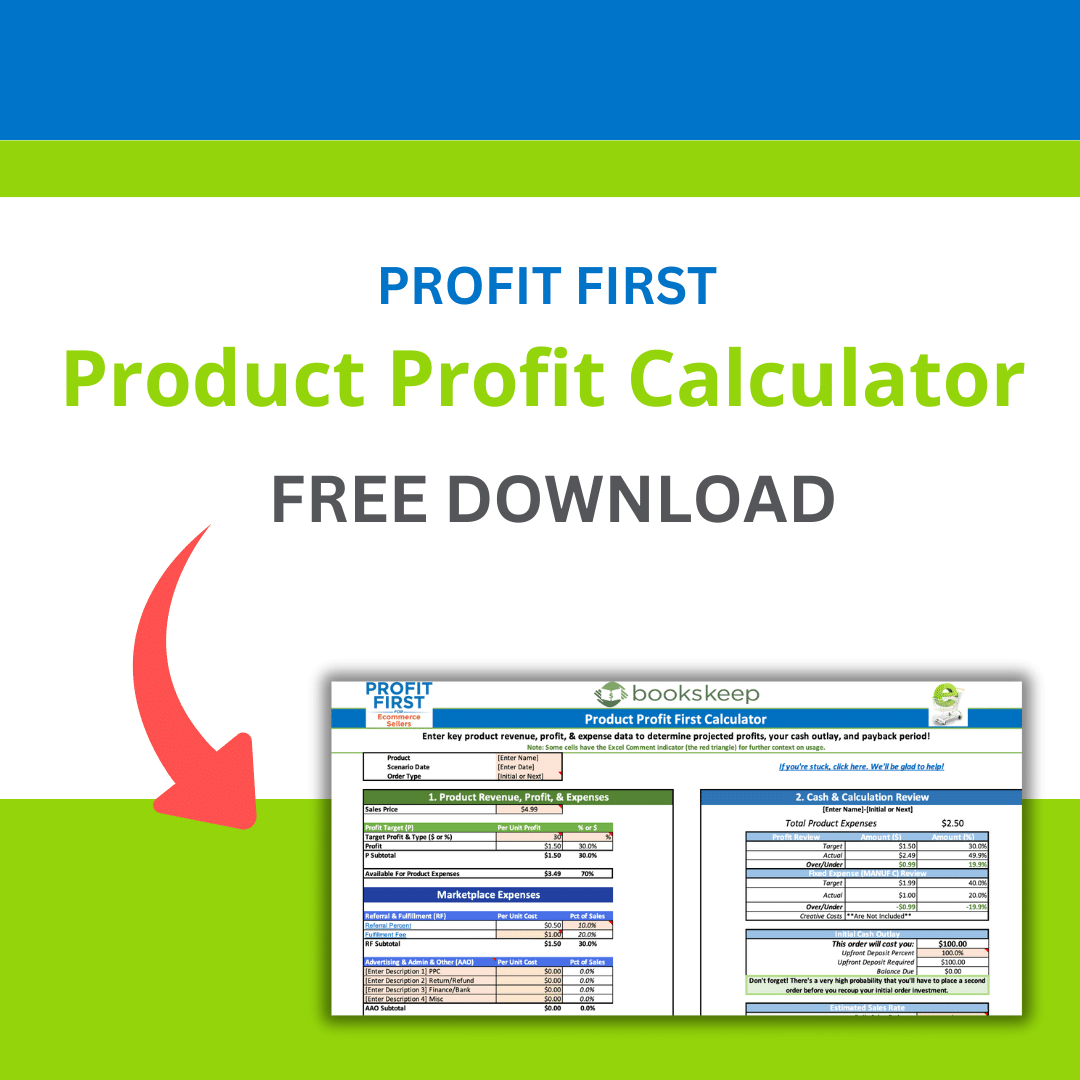
Many businesses experience fluctuations in sales, with highs and lows that can be particularly challenging for ecommerce sellers. Surviving lean times, planning inventory, and managing operating expenses require careful consideration. The process can be overwhelming and stressful. That’s why having a solid cash strategy year-round is crucial.
To navigate the ups and downs, three elements are essential in managing cash during peak sales periods to prepare for slower times. Understanding the significance of a cash strategy during these phases is the first step.
For those familiar with Profit First, Mike Michalowicz, or my blogs, you may have come across Parkinson’s Law – the law of induced demand. Developed in the 1950s by economist C. Northcote Parkinson, this behavioral law states that “we use what we got.” It applies to various resources, including money. Just like toothpaste, when resources are abundant, they are often used more freely. However, as they become scarce, we tend to stretch them out. This concept is a primary tenet of the Profit First cash flow management approach.
Applying Parkinson’s Law to your cash, there are specific times, like the 4th quarter, when you may find yourself with more cash than usual. However, leaving excess cash in your bank account often leads to impulsive spending. It’s essential not to wait until the last minute to manage your cash. Instead, develop a proactive strategy now to make the most of your financial resources.
Step One
Determine how much you need in order to cover operating expenses for a normal month. I recommend looking at the year-to-date P&L printed by month for the current year. You can quickly see what you’re averaging per month in operating expenses.
Step Two
Calculate how much you owe for inventory. You can find that number easily on your balance sheet, or on your credit card accounts that you use for inventory purchases. Also decide on inventory expenses you will have in the next month or so. The Profit First method recommends having a separate bank account and credit cards solely for inventory or inventory-related items, such as fulfillment and shipping. Keeping these separate from your operating expenses make it easy to track inventory or Cost of Goods Sold.
Step Three
Each time you receive a payout, keep the projected operating expenses and the anticipated inventory costs in your regular checking account. Move any funds above this amount to your savings account. If you receive payouts biweekly, as most sellers do, I recommend you set aside the funds in the first payout of the month, then your second payout can be moved to savings. Knowing that your expenses are covered for the month is a wonderful feeling!
Step Four
Leave the savings account alone until after the first of the year, when the seasonal rush is over and things settle down a bit. Then you can think about the best use of those funds. Ask your accountant for an estimate of taxes and designate funds solely for that purpose. Next, think about your goals and anticipated expenses in the coming year. Do they include launching a new product, or paying on sales tax? Maybe taking a vacation. Once you determine your goals and expenses, you will need to designate the appropriate amount of funds to accomplish those initiatives.
Step Five
Treat yourself! The Profit First scenario has you taking a percentage of profits from each payout. Even if you’re not diving full throttle into Profit First right now, this strategy will help to set yourself up for success for the remainder of the current year, and each coming year as well. One of the foremost Profit First elements is to reward your positive behaviors around your money. So as you work through the above steps, be sure to set aside some funds to treat yourself for your good habits.
Being a business owner is often challenging. It should be rewarding as well. You and your family deserve to benefit from your efforts and not always be last on the list. Making a few changes with your cash management now and your business will soon be serving you, as it should be!
Check out our blog How To Keep Track of Cash Flow for Inventory!




Leave a Comment